We are living in unfamiliar times. This means, for many of us, birding in unfamiliar times. As I write Britain – and much of the world – is in lockdown. It may well still be the case as you read this. And if it isn't, there will surely still be firm rules in place regarding COVID-19. Social distancing is a must – no huddling together to get a glimpse of that elusive warbler, no cramming into hides to set eyes on that rare wader and no long lines of telescopes trained into the distance. Unnecessary travel is deeply frowned on, however strong the urge to twitch that rarity is. And overseas travel is a no-no for the foreseeable. All is not lost, though.
The magic of patch birding is the perfect cure if you've had your usual birding restricted, or simply want to ease your mind during this mentally challenging period. Perhaps recent events have made you consider reverting to patch or local birding once the coronavirus pandemic is finally over. This article will provide some tips for discovering and shaping your own patch, or some ideas for maximising and exploring the way you already patch.
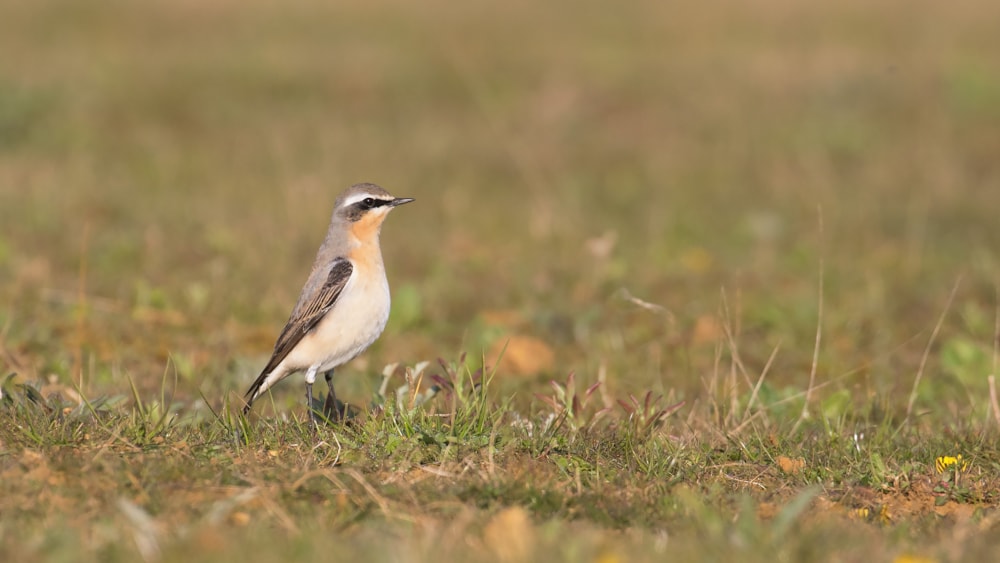
For many patchwatchers, a March encounter with a Northern Wheatear is the first sign of spring – and consequently a landmark in any year of working a patch (Josh Jones).
Like many patchwatchers, I'm not averse to a bit of twitching now and then, autumn trips to far-flung corners of Britain or foreign excursions, but I always look forward to returning to my patch with renewed enthusiasm after any spell away. It is the type of birding that most frequently puts a smile on my face. The chance of finding a rarity – even a moderate or local scarcity – on home turf is certainly part of the thrill.
But it's also about observing the subtle phenological changes through the seasons – from the first woodpecker drumming on a fine winter’s day in January and the first burst of Willow Warbler song in April to the departing waves of hirundines in August and first tseeping Redwings in October. Migration in all its forms holds a special fascination, and watching a local patch is, in my experience, just about the best way to notice those day-to-day developments first-hand. Getting to know the subtle seasonal changes of 'your' area is part of the joy.
Power of the patch
Picking a patch depends on what you want to get out of it. You might live near a well-known reserve or hot-spot. This would be an obvious place to choose and would certainly yield exciting discoveries and moments. On the other hand, you might want to pioneer your own site – an area you’ve found on an OS Map that looks uncharted and ripe for exploration, or perhaps a spot that has historic form for good birds but is currently poorly watched.
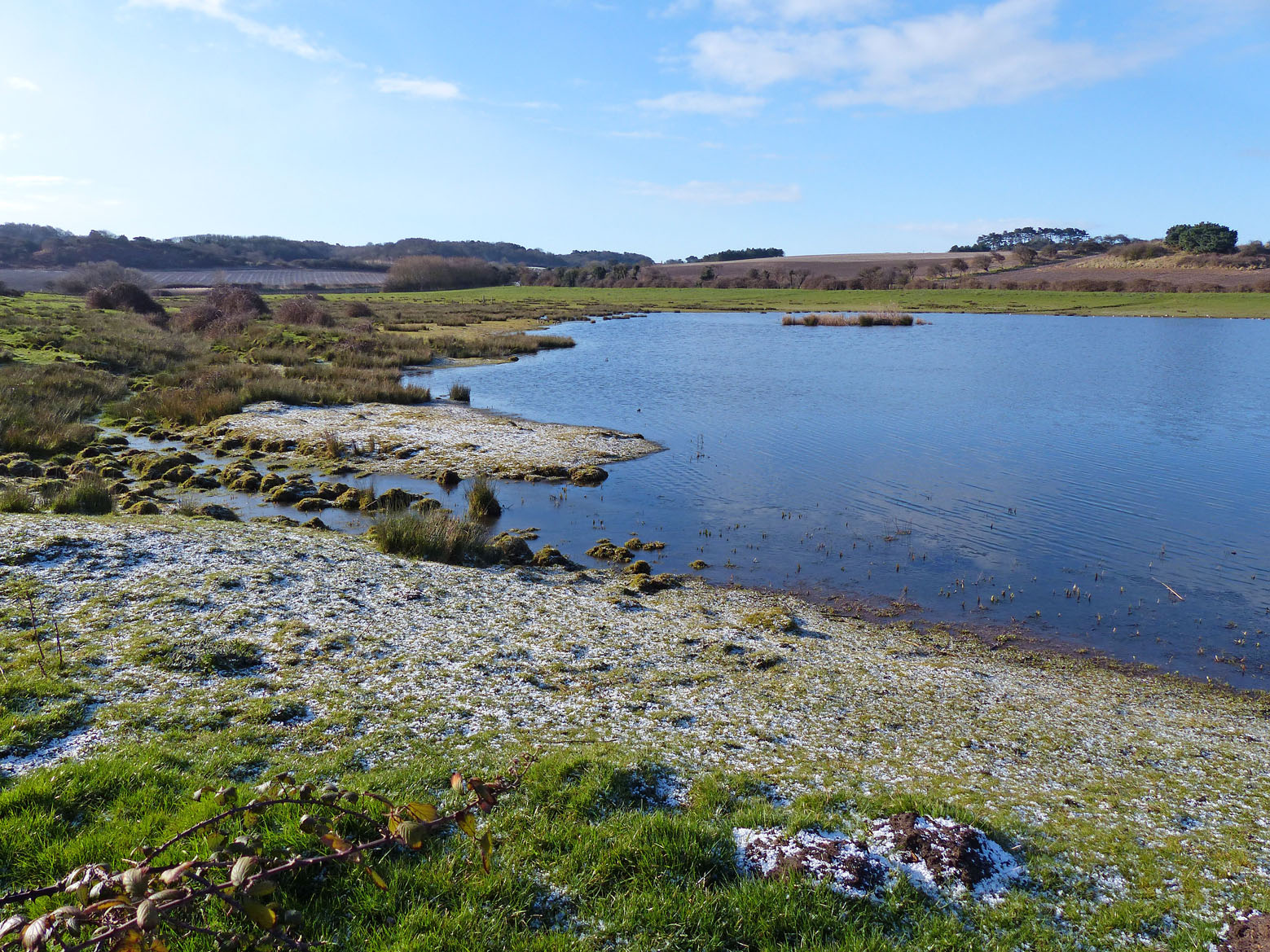
An optimum patch will contain a variety of habitats, including water, woodland, fields and scrub (Moss Taylor).
Water is a big benefit to a patch. Most birders will pick a patch with some form of waterbody – whether it be the sea or a small stretch of inland river. It boosts the possibility of different species, whether jamming in on a Balearic Shearwater during a headland seawatch or scoring a passage Sedge Warbler in a reedy pond.
Diversity of habitats can make a big difference. Spots of woodland, scrub, farmland and wet areas can make a dynamic habitat tapestry and will increase the chances of different and unexpected species dropping in.
Another key point is access. Somewhere with public footpaths is obviously important. Once you find somewhere and begin to work it, you will soon meet landowners and locals – often friendly relationships can be forged and access to private land granted. For some, it may be possible to identify suitable patch areas that can be visited by foot or bike – a great scenario, and one that could lead to including your house and garden in your patch recording area.
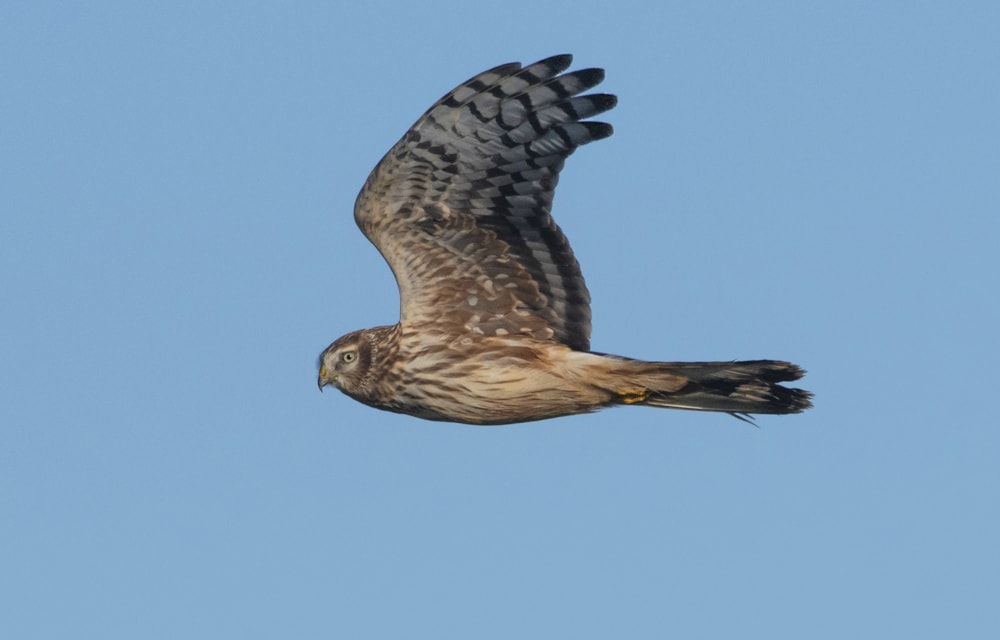
This Hen Harrier was discovered at a previously unbirded area of farmland, proof that uncharted places can deliver modest results (Ed Stubbs).
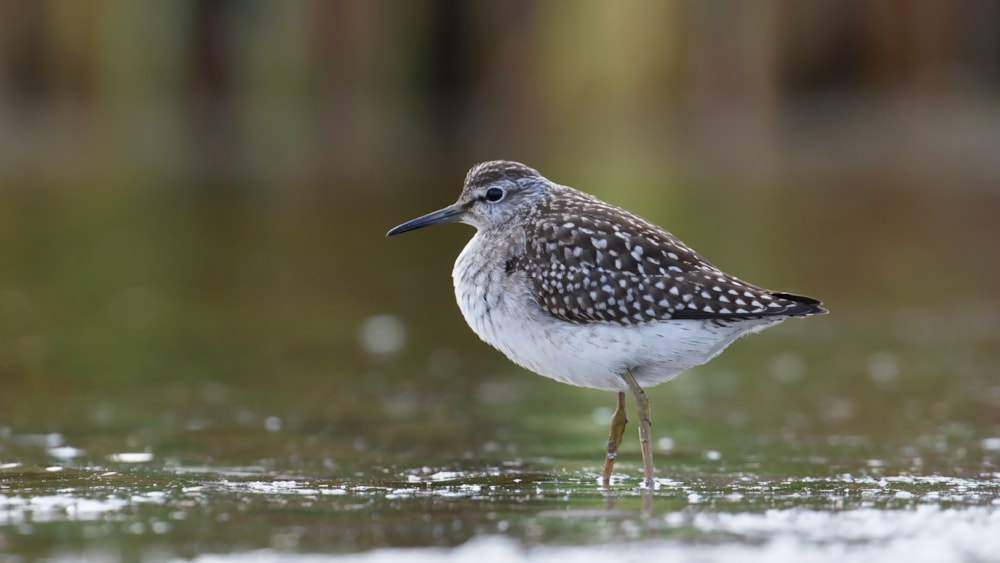
Wood Sandpiper is a delight for any patchwatcher, whether this passage Tringa is an expected passage visitor at a coastal site or a less-than-annual inland goodie (Josh Jones).
Drawing up a patch boundary is part of the fun. This is especially true if you’re working a 'new' area, as most reserves or established hot-spots will already have one outlined. Generally, a patch will be somewhere that can be worked entirely – or largely – in one visit. As an example, the Patchwork Challenge – an online league that patchwatchers can enter – states that no patch can be larger than 3 square km, although the size of a patch is subjective. Indeed, an 'uber-patch' may be a wider local area, district or borough. Often landmarks, such as roads or rivers, can serve as boundaries.
Drawing up a map of your patch is fun and, over time, certain areas will probably gain names. Many will be based on true names given on an OS map, but there can be few birders who don’t have a spot on their patch called 'Wheatear Field' …
Take note
Keeping a year list is popular with patchwatchers. It allows an interesting and fun comparison with previous efforts, as well as a look at average migrant arrival and departure dates. It also provides motivation to get in the field and see if you can add, say, Yellowhammer to your year list by working that piece of farmland, or if there are in fact still Marsh Tits in that damp copse.
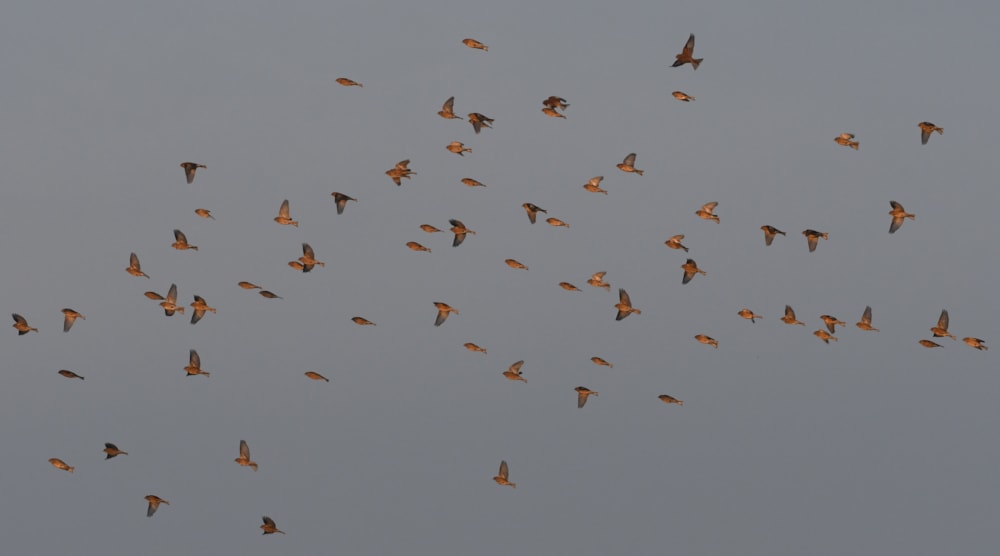
Searching through flocks of common birds can occasionally pay off, with large groups of finches (such as these Common Linnets) and buntings sometimes harbouring rarer species among them (Ed Stubbs).
Keeping notes is really useful, too. This builds up a database of what, when and how many – not just of great benefit in a scientific way to conservation bodies, but also to you when it comes to understanding the best times of the year to see certain things. Furthermore, it may encourage you to count the number of each species you see – you will be surprised at how a simple tally of, for example, a large flock of Stock Doves, will result in a number of historical significance for your county.
Trawling through your local county bird club's old annual reports or published avifauna can be fascinating as well, and it's often possible to put together a historical site list for your patch – even if you thought it had never been birded before. There is almost always an old (and occasionally extraordinary) record to be found for any area. For example, my nondescript and previously unbirded inland patch was home to Surrey's only Little Crake in 1860! Such a list also provides a key thing when it comes to patching: context.
A look at a historical list can be a bit gloomy – no longer are there the European Turtle Doves and Willow Tits that the bird reports of decades previous said were common on your patch. However, it helps understand what’s increasing and what is genuinely unusual in your area. For me, Lesser Whitethroat and Great Crested Grebe – while rather common in the wider county and southern England in general – have mega status on my patch and I've only seen one of each in seven years of working my patch. This is where the term 'patch gold' comes from – something generally common that is particularly rare on one's patch.
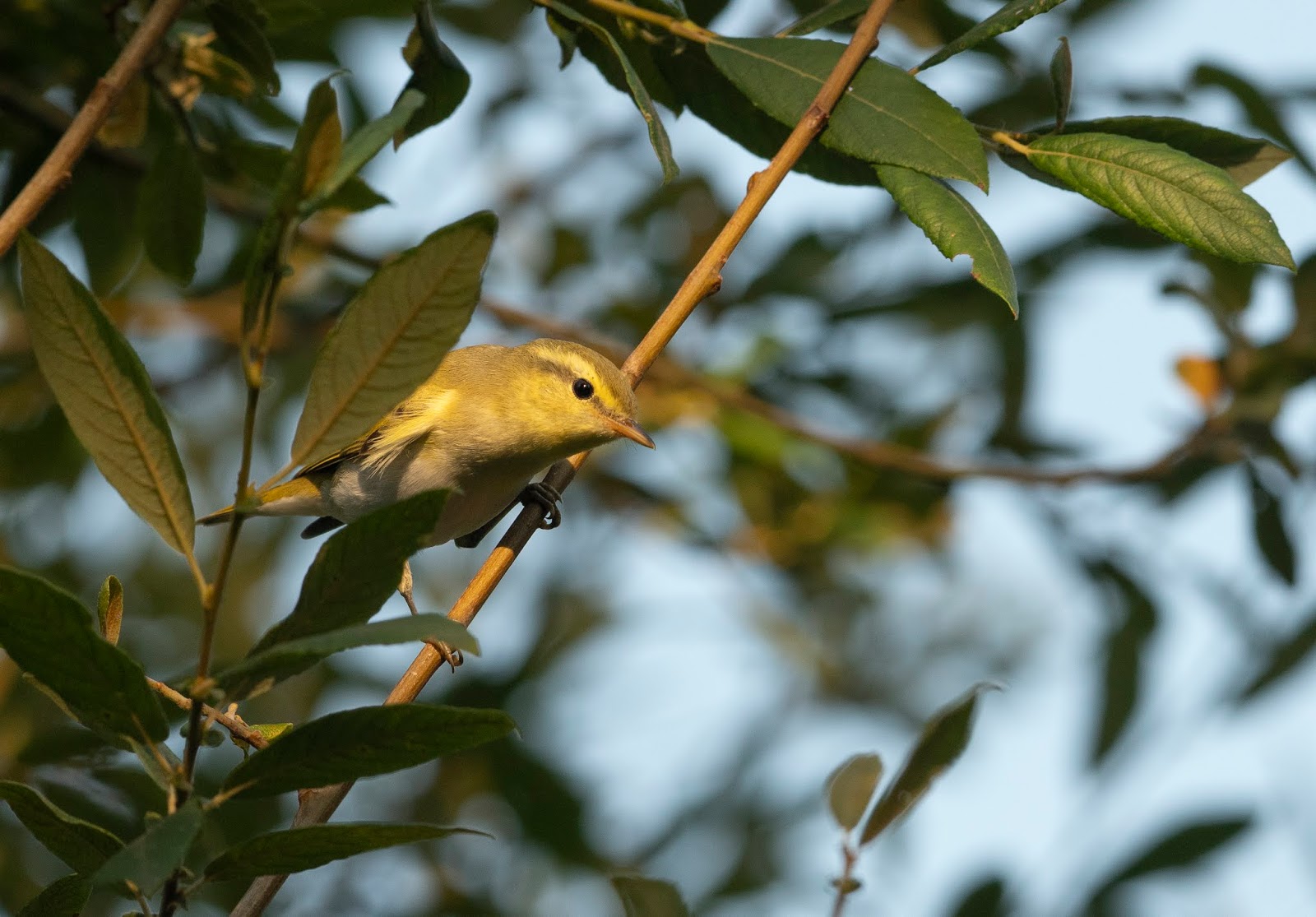
In early autumn roving flocks of tits and warblers are worth studying on patch, with treats such as migrant Wood Warblers sometimes to be found (Ed Stubbs).
Prolonged study of the same areas means you've got a greater chance of finding elusive breeding species – far more so than on a one-off visit to a site. Species such as Lesser Spotted Woodpecker are more likely to be encountered by visiting the same spot of suitable woodland with some regularity during late winter and early spring. Other birds, including raptors and owls, can also give themselves up with prolonged sky-watches or dusk walks. This can turn into monitoring a rare bird through to breeding and nesting – itself a real joy, but also of huge use to conservation bodies in many cases.
Coverage of one site, awareness of historic and current birds, and the times of year they're expected, combines to create a great understanding of your patch. The more of this that is undertaken, the greater chance you have of optimising when and how to have the best chance of finding something rare or scarce. The first few days of April might be particularly good for raptors, Pied Flycatchers may have turned up on a certain date in August several times before and so on.
A lot of this judgement is based on weather. For example, the inland waterbody patchwatcher will be licking their lips at the thought of drizzle, foggy north-easterlies in March and April as that means inland Common Scoter are on the cards. Equally, the east coast vis-migger may await certain winds and cloud cover in autumn. There are endless weather-time of year variables that can be acted on, and they will vary even within your patch.
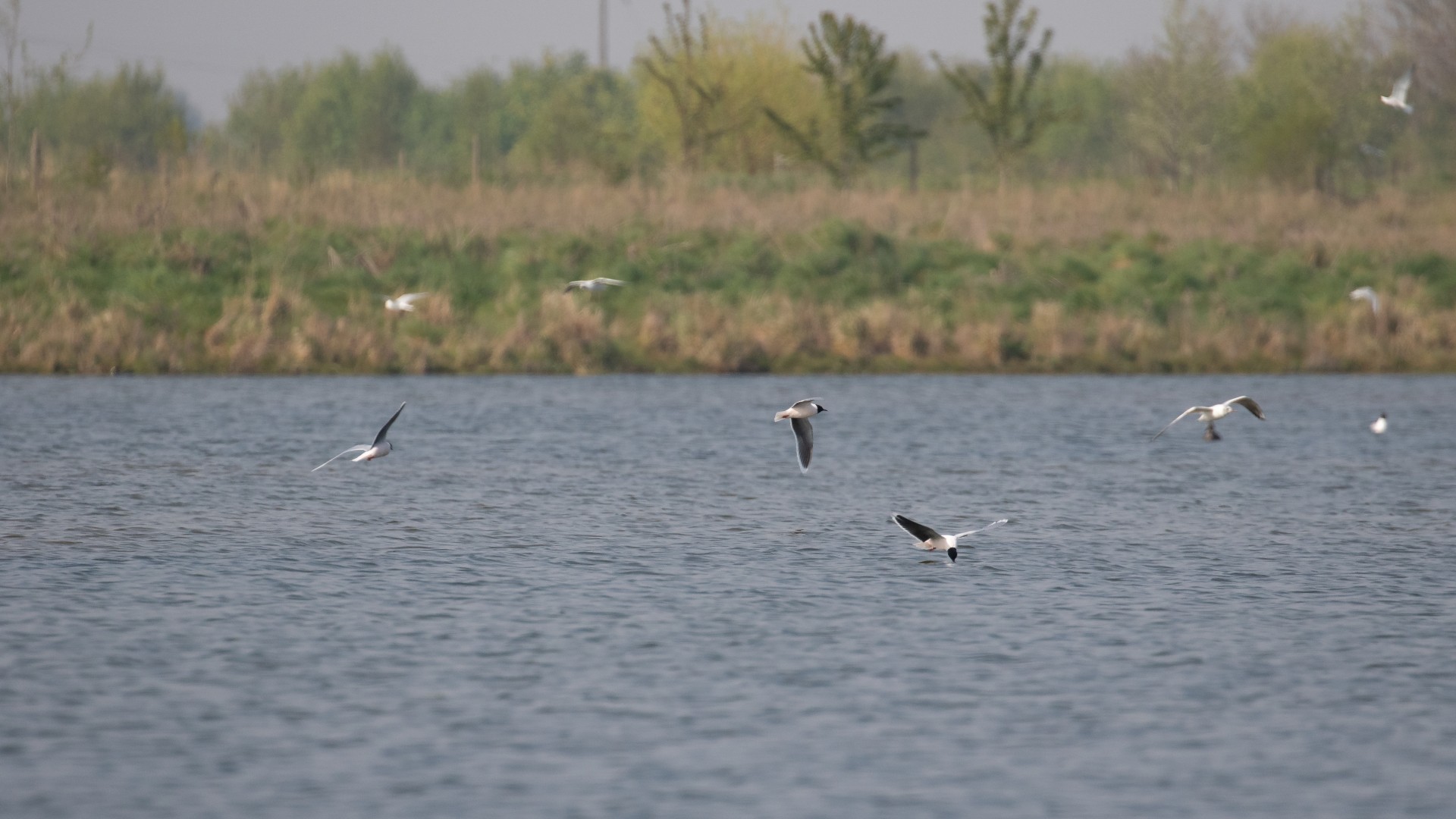
It pays to study weather and the time of year, allowing one to go looking for patch niceties such as Little Gull during the optimum period (Josh Jones).
Sometimes unusual influxes might trigger you to get in the field. For example, last autumn saw huge good numbers of Pied Flycatchers and Black Redstart in south-east England in August and October respectively – the kind of event well documented on the BirdGuides news pages. Aware of this, I staked out the likeliest looking spots for these would-be patch rarities and was rewarded with discoveries of both.
Look up
Vis-mig – visual migration, or simply observing migrant birds on the move – is a superb way to enhance patchwatching. While it can be undertaken all year round, September to November is best. Early mornings will see a surprising selection of species completing their nocturnal migrations or beginning their diurnal movements. Any high ground or open area with plenty of sky will do and there is always something to see, from wader flocks dodging spring showers to Woodpigeons moving en masse in late autumn.
Early in the season, wagtails and pipits will be among the main morning movers – this could easily result in a bonus Yellow Wagtail push, or a Tree Pipit year tick. Hirundine action generally peaks in the middle of the September, but usually will take place later in the day. Raptors too will pass south – there is no better time to score a migrant Western Osprey or European Honey Buzzard.
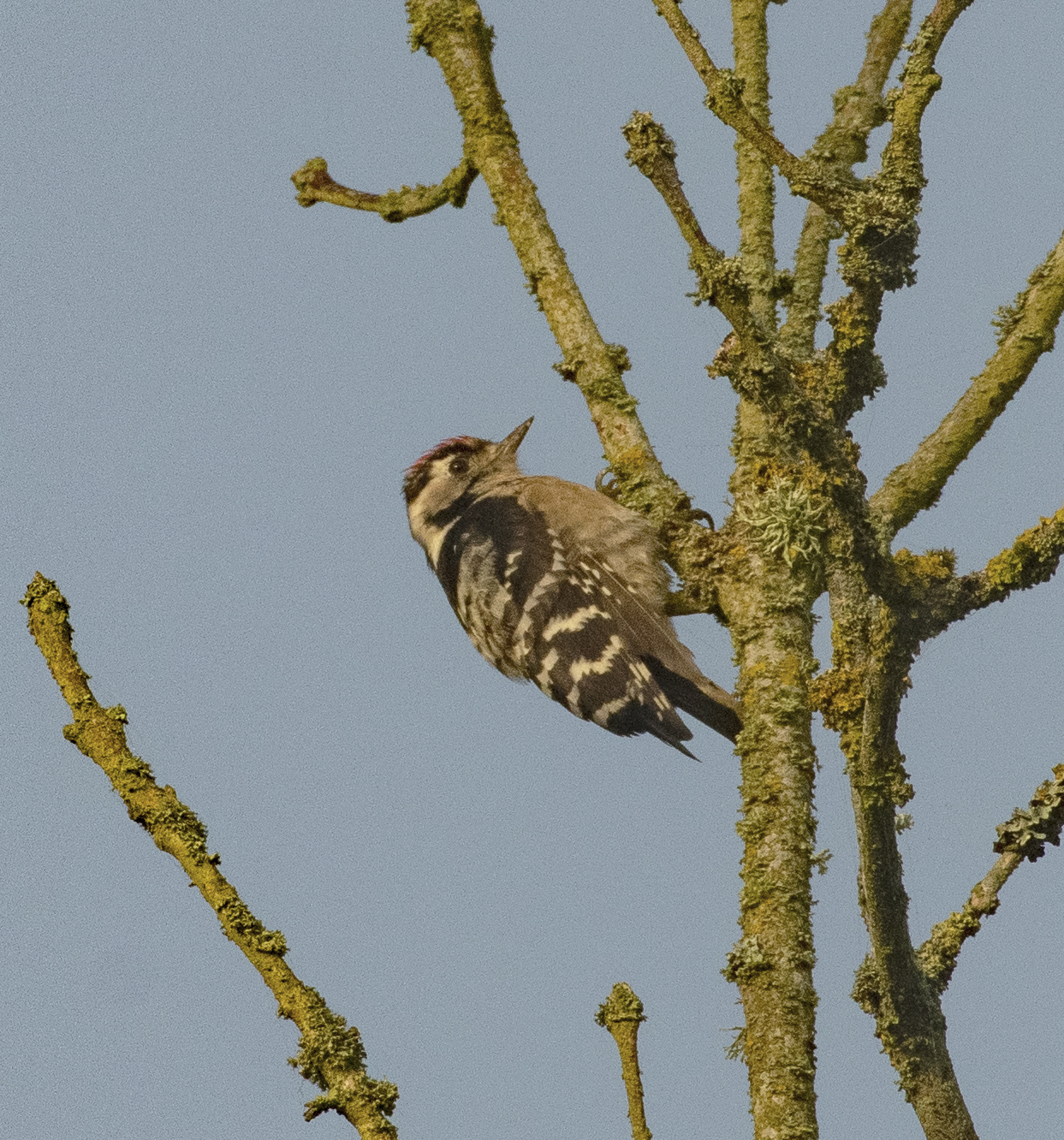
Spending lots of time in one place increases the chances of detecting elusive residents, such as Lesser Spotted Woodpecker (Ed Stubbs).
October brings the real numbers, and thrushes and finches will peak. Basic flight call knowledge is key. Huge Redwing movements can be enjoyed and often on days of broad front thrush action, Ring Ouzel is on the cards. It's this time of year that vis-migging can produce true patch glory and rarities can be picked up amid the action – a rare or scarce pipit, bunting or seabird, for example. For the patch watcher, it's the optimum time to capitalise on bird movement and discover something special. Again, weather is key to good vis-mig, but it varies on a local level.
A further element of overhead patch migration is noc-mig (or nocturnal migration). There are various excellent articles on this, not least on The Sound Approach. Nocturnal sound recording is increasing in popularity in Britain and is beginning to unveil the species that migrate over our homes and gardens while we sleep. Everyone has heard Redwings calling on a gloomy October night or a Whimbrel's fluty call during a mild spring evening. But further discoveries – such as spring scoter movement and early autumn Ortolan Bunting passage – are being unearthed. A guide on how to get started on noc-mig can be read on BirdGuides here.
Noc-mig records can boost a garden list tremendously. If the coronavirus lockdown has taught birders one thing, it's the joy that can be derived from birding at home. If one is lucky enough to have a garden or a higher-level view, then a surprising cast of species can be logged, especially fly-overs. Incorporating your house into a new patch will doubtless assist with the odd handy record over the years.
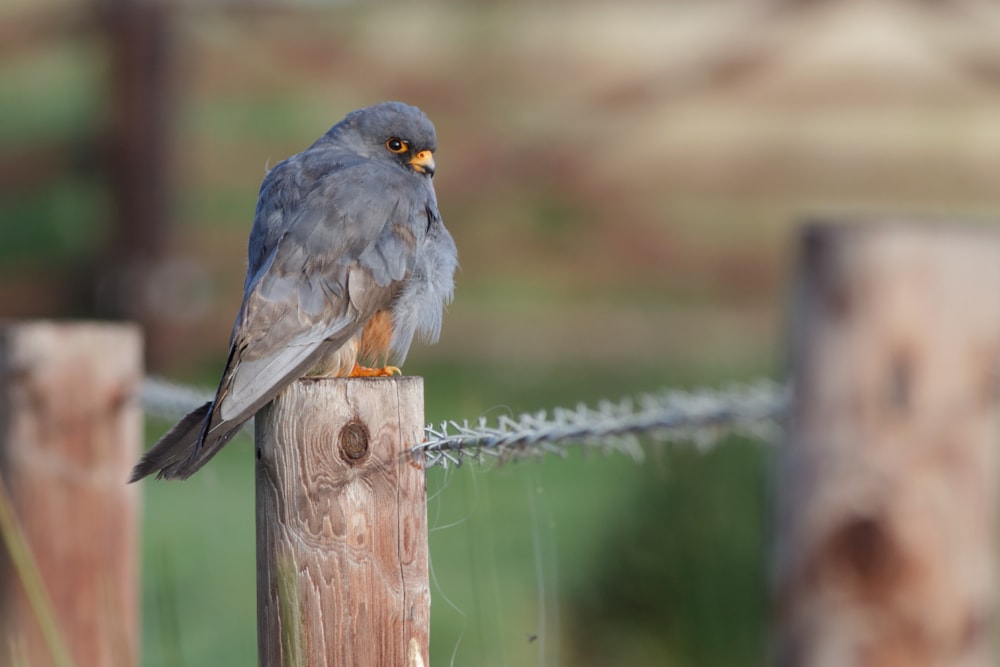
Every patch will have its day when it comes to rarities – this Red-footed Falcon went down in local folklore when it turned up at an inland site in Lincolnshire (Josh Jones).
There are many merits to watching a patch. It can be both addictive and hugely frustrating, but when the discoveries and rewards come, they make it all worth it. Any data collected and shared is an enormous contribution to science-based conservation. The satisfaction of unearthing a good find is huge and an addition of a routine year tick brings a smile to the face.
I have birded in a variety of different countries and twitched some incredible things in Britain, but my most cherished birding memories and experiences have come on my patch and close to home. We've all had to experience a new meaning of staying local during these past weeks – perhaps the delights of staying close to home and the power of the patch will be something to consider when things finally return to normal.
- This feature was originally published in the May 2020 issue of Birdwatch magazine.


